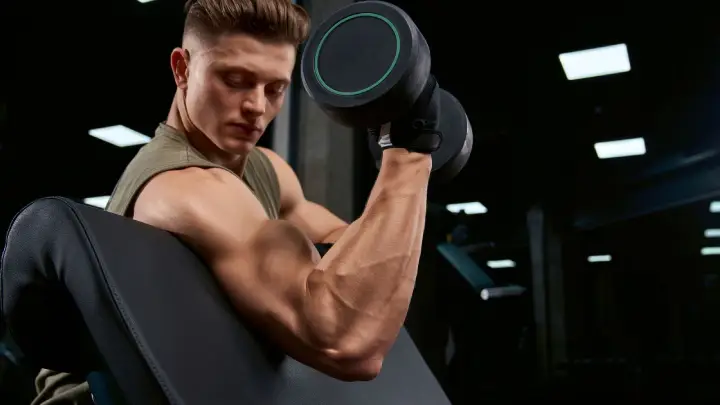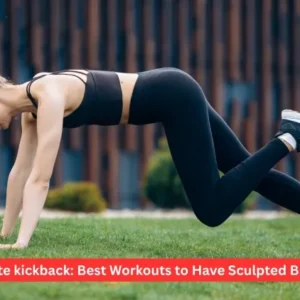Barbell curls, dumbbell curls, hammer curls, chin-ups, and concentration curls are the best bicep exercises. Such movements work on the various heads of the biceps, enabling you to develop both size and shape. A workout of 3-4 exercises is sufficient, as long as you are training with progressive overload and proper form.
Through patience, correct recovery, and a combination of compound and isolation exercises, biceps will usually take weeks to see visible results; however, with an ideal combination of the two, you will have achieved fatter, wider, and more defined arms.
Understanding the Biceps Muscle
The biceps brachii is a two-headed muscle on the front of the upper arm. The short head gives it breadth and inner thickness, and the long head the top and the surface aspect. Assistive muscles such as the brachialis and brachioradialis also contribute, particularly in hammer and reverse curls.
- It is significant to know this anatomy since the optimum bicep muscle exercises target varying parts of the muscle. For example:
- Palms up (supinated) curl emphasized the biceps brachii.
- Brachialis is strengthened with the neutral grip curls.
- Pronated grip curls (reverse curls) work on the forearms and are beneficial for general arm development.
And that is why it is the difference is the key to growing biceps.
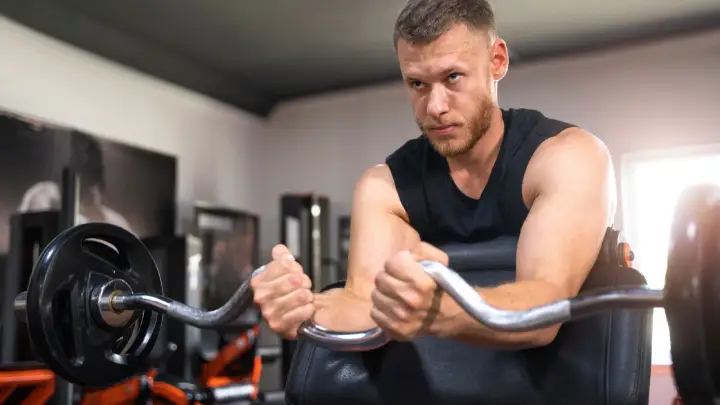
The 10 Best Bicep Exercises
The following are the best and time-tested arm-building motions:
1. Barbell Curl
Barbell curls are referred to as the king of bicep exercises and enable you to lift heavier weights.
Elbows should be kept close, curling up slowly and downwards.
Best when the mass and strength are required.
2. Dumbbell Curl
Ideal for mending imbalances as each arm functions independently.
Turn wrists out of the toptoo achieve maximum contraction.
Form can also be practiced safely, by the use of dumbbells.
3. Hammer Curl
Hit the brachialis with a neutral grip to increase thickness.
Strengthens the forearm as it supports the development of the bicep pecks.
Very good for sportsmen who require functional pulling strength.
4. Concentration Curl
Done in the seated position with the elbow on the thigh.
This is done through a strict form, which removes the momentum and isolates the biceps.
Ideal to define and attain visible arms.
5. Preacher Curl
Fold the arms against a preacher bench, and make them curled strictly.
Maintains tension on the biceps during the movement.
Lowers the possibility of cheating by using the shoulders or the back.
6. Incline Dumbbell Curl
Performed on a slant bench with the arms hanging back.
The long head is stretched, and it forms that peak bicep shape.
This is a must-have to achieve rounder, higher peaks.
7. Cable Curl
Free weights vary in tension, whereas cables maintain the same tension.
Good at completing high reps of sets.
It may be performed using a rope, bar, or single handle.
8. Chin-Up (Underhand Grip)
A bi-puncture move, which strengthens the back and biceps.
Strengthens muscles and activates more than one muscle.
Progressions of the bodyweight enable it to be scaled to any level.
9. Zottman Curl
Pick up the dumbbells in the ordinary curl, and put down with palms down.
Works biceps (coming up) and forearms (coming down).
Excellent in balance and general development of the arm.
10. Drag Curl
Do not curl forward, but drag the barbell near your body. Emphasizes the long head to induce maximum growth.
An excellent change to overcome plateaus.
Training Tips for Bigger Biceps
The most effective bicep exercises are those that incorporate intelligent training concepts:
- Progressive Overload: progressively increase the weight, repetitions, or sets.
- 3–4 workouts per session. For most people, three good moves are sufficient; more is not always better.
- Employ Various Angles: Combine bodyweight, cable, dumbbell, and barbell exercises.
- Control Tempo: Compared to quick, careless repetitions, slow, controlled curls create more tension.
- Compound + Isolation: For balanced growth, combine curls with chin-ups or rows.
- Rest and Recovery: It takes 48 to 72 hours for the biceps to recover. Daily training stalls their progress.
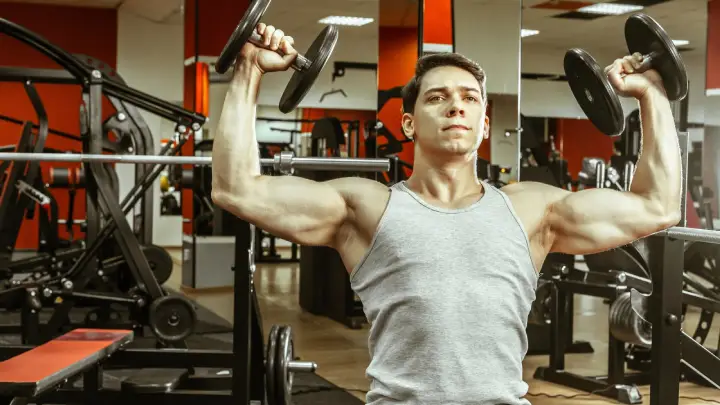
Special Training Techniques
- 7-7-7 Curls (777 Bicep Exercise): 7 reps bottom-up, 7 reps half-up, 7 reps up. An inhuman approach of pumping out the muscle.
- Reverse Curls: This is an overhand grip used to develop forearms, brachialis, and the general thickness of the arm.
- Diamond Push-Ups: The diamond Push-Ups involve the biceps as a stabilizer, although the primary muscles targeted are the chest and triceps of the body.
- Skull Crushers: This exercise primarily targets the triceps muscle; however, it should be combined with curls to effectively train the entire arm.
Common Mistakes to Avoid
Even the finest bicep exercises will be useless in case you commit the following mistakes:
- Swinging the weights and momentum.
- The training of muscles without relaxation.
- Disregarding nutrition, protein, and calories is essential to grow.
- Using a single variation of curls.
- Failure to do compound lifts such as chin-ups and rows.
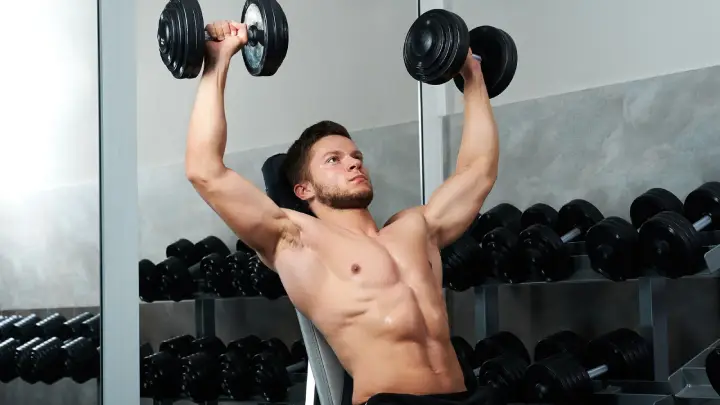
Guide lines
The article addresses them in the following way, without enumerating them as questions:
- Bicep exercise is most effective and is generally taken to be the barbell curl because of the potential to add weight.
- Each session should include 3 exercises; 4 exercises in the case of advanced lifters.
- Curls 7-7-7 are explained under the special training.
- The king of bicep exercise = barbell curl.
- To increase the speed of biceps gain, acclimatization, diversity, and rest.
- Biceps are ready in 48-72 hours; therefore, daily training is not ideal.
- Much-famous biceps, 26 inches: Gregg Valentino (who has excessive arm size).
- To develop a peak bicep, repetition of drag curls and incline curls.
- It grows visibly in 612 weeks, depending on the genetics.
- The concept of reverse curls as forearm + brachialis builders.
- To achieve broad biceps → emphasize hammer curls and preacher curls.
- Depending on the form and fitness, 13 kg dumbbell curls are good.
- The size of good arms differs, but 14-16 inches is regarded as strong for n.
- The answer is yes, you can get huge arms over 50 by smart training.
- Low body fat and high vascularity are sources of veiny arms through high-rep curls.
- Abs within 15 minutes: crunching circuit, plank circuit, leg raise circuit.
- Long vs short biceps: long tendons appear more complete, the short ones will give more peak.
Sample Bicep Workout Routine
Workout A (Free Weights)
- Barbell Curl – 4 sets of 8–10 reps
- Dumbbell Curl, incline 3 sets of 10- 12 reps.
- Hammer Curl – 3 sets of 12 reps
Workout B (Machines + Cables)
- Preacher Curl – 4 sets of 10 reps
- Cable Curl – 3 sets of 12 reps
- Zottman Curl – 3 sets of 15 reps
Turn these two times a week to achieve maximum results.
Final Thoughts
Biceps might not be the size of the chest or legs, but it is worth training intelligently. Combinations of heavy compound lifts, such as chin-ups and barbell curls, with rigid isolation exercises, such as concentration curls and incline curls, make the best bicep exercises. Restrict to 3-4 exercises per session, concentrate on the form, a nd rest well. And you will have bigger biceps, bigger and more muscular in a few months, be it 20 or 50, that you are training up.
Frequently Asked Questions
Q. Which exercises will make the biceps muscles bigger and stronger?
A. Barbell curls, hammer curls, and chin-ups are used in building mass, whereas incline and concentration curls provide shape.
Q. What is the number of bicep exercises per workout?
A. Always limit to 3-4 good bicep workouts per session so as not to over-train.
Q. What is the time taken to observe bicep growth?
A. Bicep gains are visible in 6-12 weeks when the person receives proper training, nutrition, and rest.
Q. Is it possible to train the biceps daily to achieve quicker results?
A. No. Biceps require 4872 hours to rest; thus, 2 or 3 training sessions per week prove to be more efficient.

